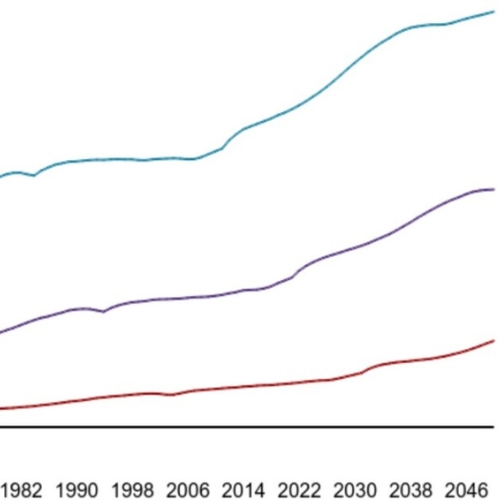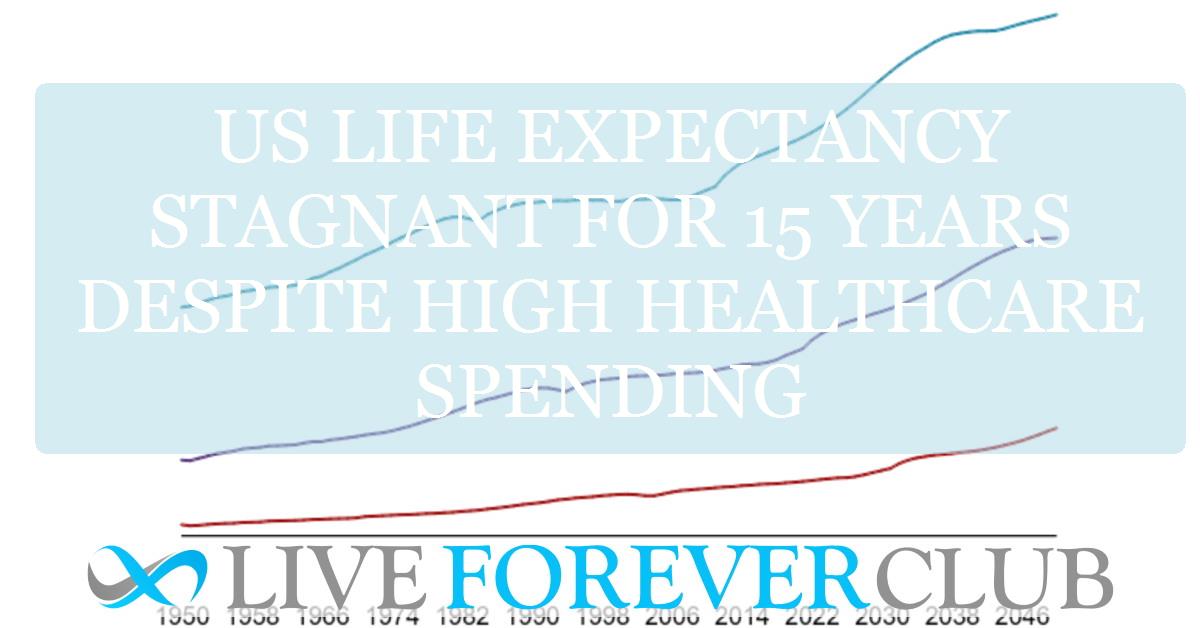Key points from article :
Life expectancy in the U.S. has hardly improved in the past 15 years. In 2023, there were about 525,000 more deaths than expected based on pre-2010 trends, mainly due to heart disease, cancer, overdoses, gun deaths, infant mortality, and medical errors. The Centers for Disease Control and Prevention reported a small recovery from pandemic lows, with life expectancy rising from 77.5 in 2022 to 78.4 in 2023, though still below 2010 levels.
A study from the Institute for Health Metrics and Evaluation, published in The Lancet, projects U.S. life expectancy will increase only to 80.4 years by 2050, leaving the nation ranked 66th globally. Other wealthy countries like Japan, Korea, and the U.K. already surpass 80 years. A report from the Bloomberg American Health Initiative links the U.S. lag to higher obesity, diabetes, cardiovascular disease, overdoses, gun deaths, and maternal and infant mortality.
The Journal of the American Medical Association highlights alarming trends for children, showing higher infant mortality, firearm-related deaths, and rising obesity, anxiety, and depression compared to peers. This widening gap between the U.S. and other nations has existed since the 1980s despite America spending far more per person on healthcare.
Health and Human Services Secretary has called the situation a “life expectancy crisis.” He blames poor diets and environmental toxins for rising chronic disease rates, and his Make America Healthy Again initiative promotes better nutrition by targeting ultra-processed foods, pesticides, and additives.
Experts, however, note that improving nutrition alone may not be enough. European nations benefit from universal healthcare, lower poverty, and less air pollution, factors the plan does not fully address. Critics say the U.S. must also tackle gun violence, maternal and infant mortality, motor vehicle accidents, and medical errors to see meaningful improvement.
Budget cuts at federal and state levels threaten efforts to combat addiction, obesity, and other “diseases of despair.” Public health experts agree that without strong, sustained funding, U.S. life expectancy will remain stagnant while other wealthy nations continue to advance.






